Louvre Jewelry Heist
Precious Emerald and Sapphire Jewels Stolen from Famous Paris Museum

The Daring Louvre Jewel Heist of 2025
In October 2025, the world watched in disbelief as the Louvre jewelry heist unfolded, turning the heart of France’s most treasured museum — the Musée du Louvre — into the scene of a breathtaking gem theft. The very gallery that glimmered with royal jewels and centuries-old gemstones fell silent as thieves vanished with irreplaceable masterpieces of jewelry history.
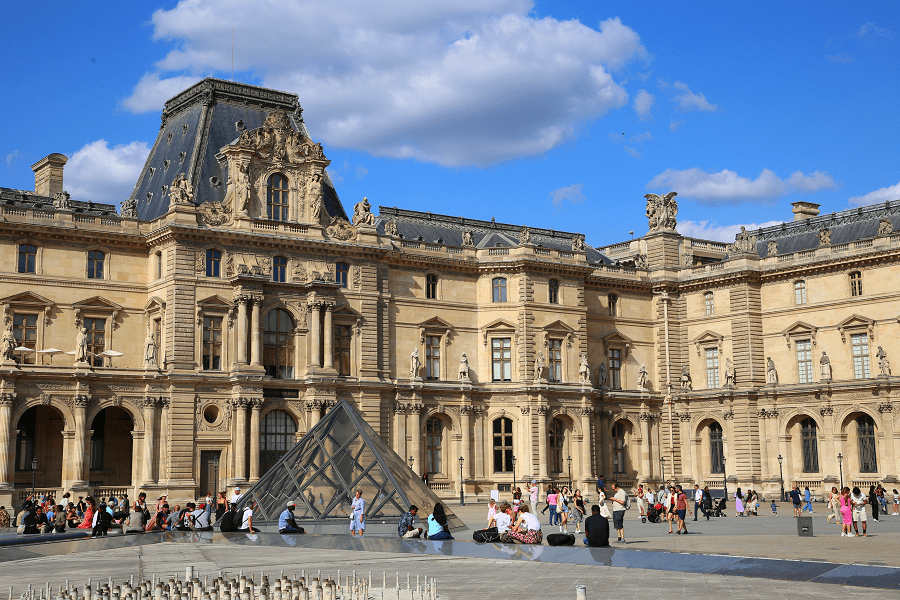
“Whoever took those pieces knew exactly what they were doing. You don’t steal sapphire and emerald jewelry of that quality without understanding its value, its traceability, and the network you’ll need to move it. This wasn’t an impulsive crime — it was a calculated operation.”
– Michael Arnstein, President of The Natural Sapphire Company
This was not merely a robbery — it was a cultural shock that reminded us how fragile the world’s most precious creations can be.
The Morning of the Heist
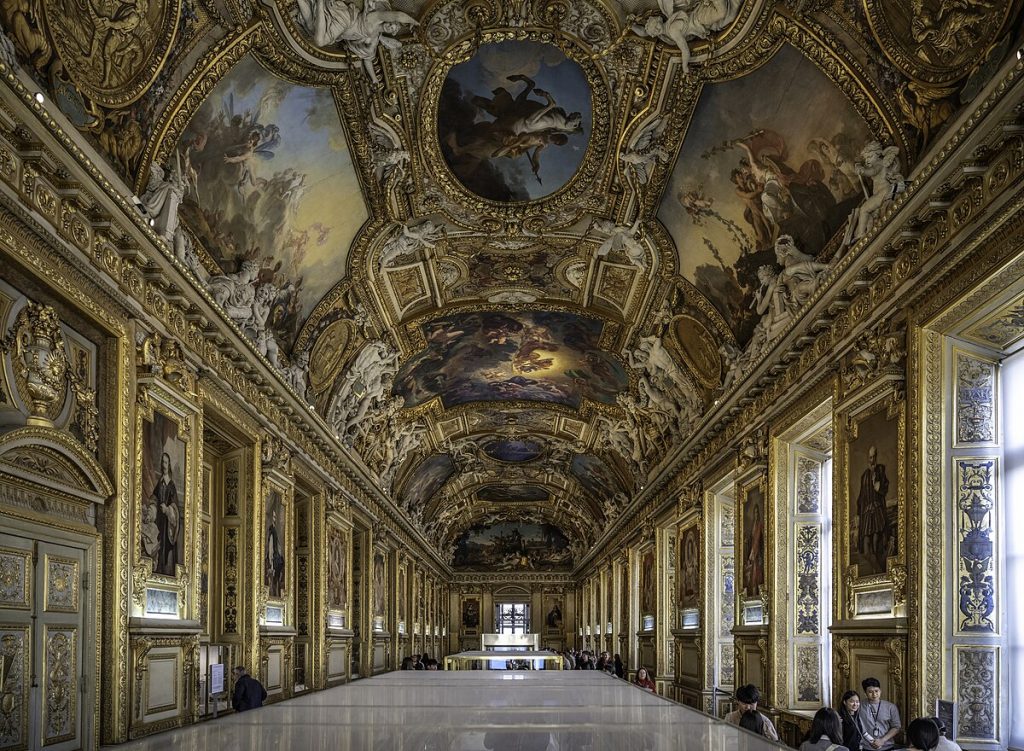
On October 19, 2025, as Paris woke to another autumn morning, the Louvre jewelry heist began when four individuals disguised as maintenance workers arrived near the Galerie d’Apollon, the Louvre’s crown-jewel gallery overlooking the River Seine. Using a vehicle-mounted elevator platform, they climbed to a second-floor window, shattered reinforced glass, and stormed inside.
Within seven minutes, centuries of artistry vanished into the hands of thieves. They smashed display cases, grabbed priceless jewelry, and escaped on motorbikes waiting by the riverbank. Their precision hinted at deep knowledge of the museum’s layout — and possibly, of its security routines.

What Was Stolen: A Loss Beyond Price
The robbers took eight pieces of royal jewelry once belonging to French queens and empresses — dazzling symbols of history crafted with gemstones of unmatched beauty.
The Emerald Crown of Empress Eugénie – Set with 1,354 diamonds and 56 emeralds, this magnificent tiara once crowned the wife of Emperor Napoleon III. It was tragically dropped and damaged during the thieves’ escape, but remains one of the few pieces recovered.

The Sapphire Parure of Queen Marie-Amélie – stunning set featuring a tiara, necklace, and earrings made with deep blue sapphires surrounded by brilliant diamonds. Each stone echoed the elegance of 19th-century French royalty.
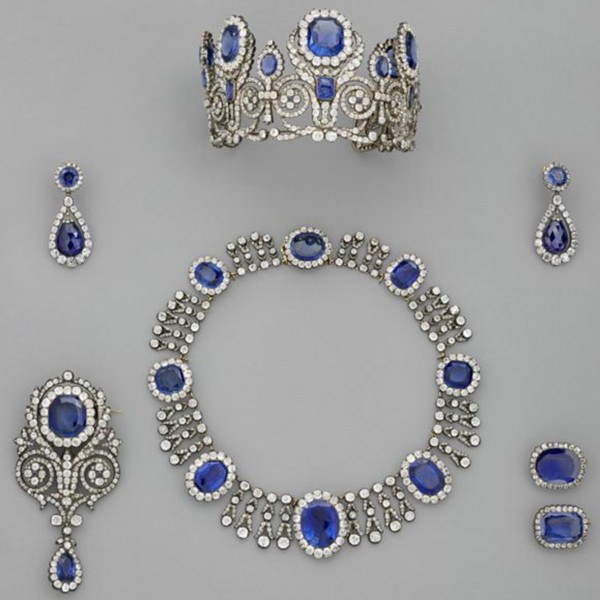
The Emerald Necklace and Earrings of Empress Marie-Louise – A gift from Napoleon I to his second wife, these rich green emeralds symbolized power and devotion — a masterpiece of imperial grandeur.

The Diamond Bow Brooch and Reliquary Brooch of Empress Eugénie – Lavish yet graceful, these brooches were once worn at the imperial court, crafted to sparkle under candlelight during grand banquets and royal gatherings.
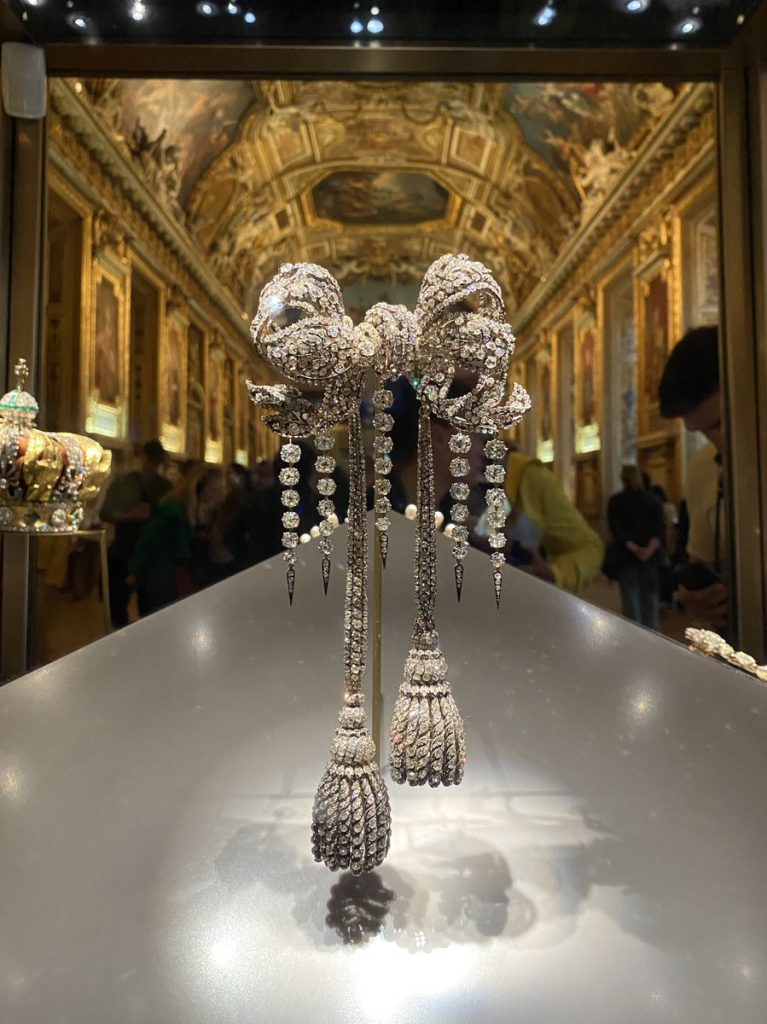
Each of these pieces wasn’t merely valuable because of its gemstones, but because of the stories they carried — tales of love, empire, and artistry.
The History Behind the Jewels

Every gem in the Apollo Gallery represented a chapter in France’s royal narrative:
Empress Marie-Louise’s emeralds reflected the early 1800s, when Napoleon sought to restore France’s grandeur through opulent displays of gem-set finery.
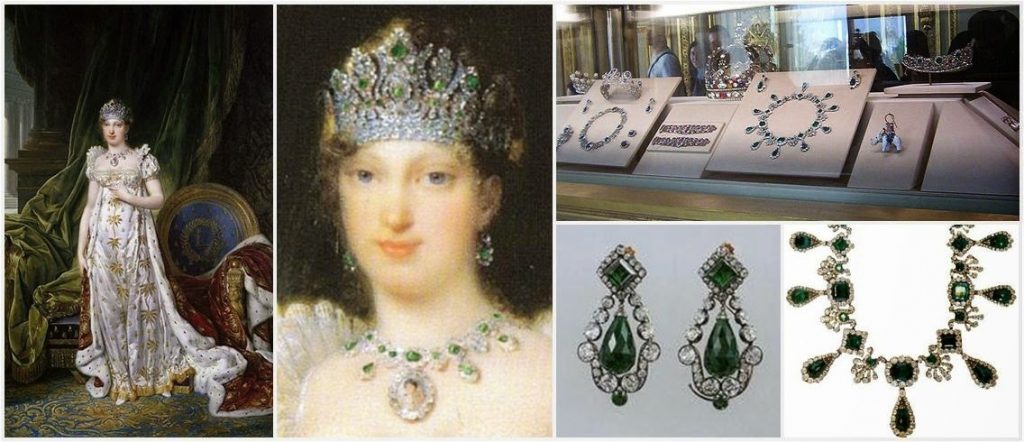
Queen Marie-Amélie’s sapphires bridged monarchy and modernity — crafted in an era when Europe was redefining royal taste and gemstone fashion.
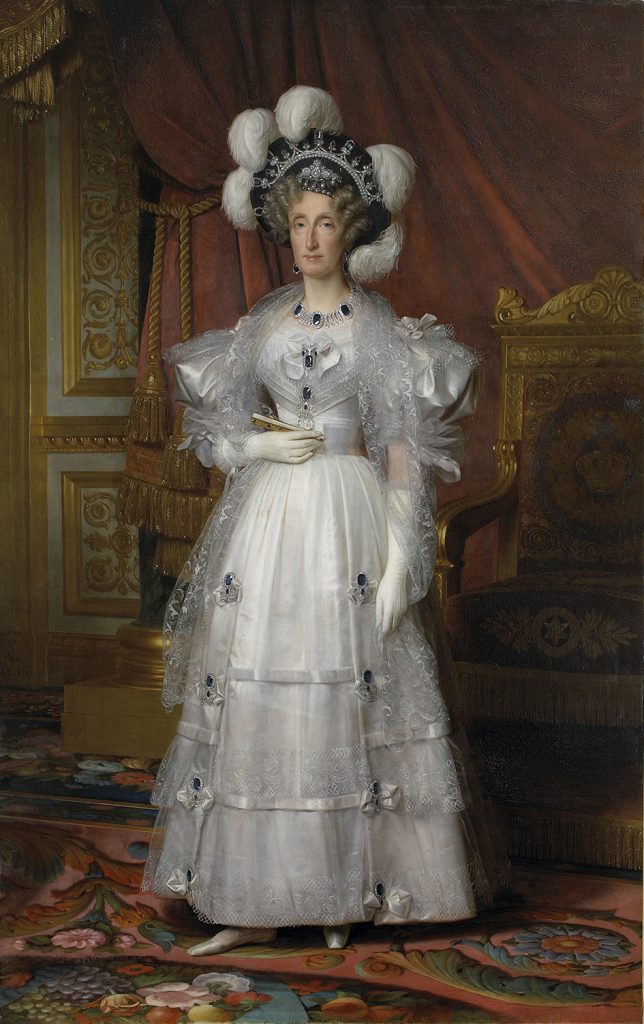
Empress Eugénie’s creations embodied the spirit of the 1850s, when Paris became the epicenter of luxury, art, and design.
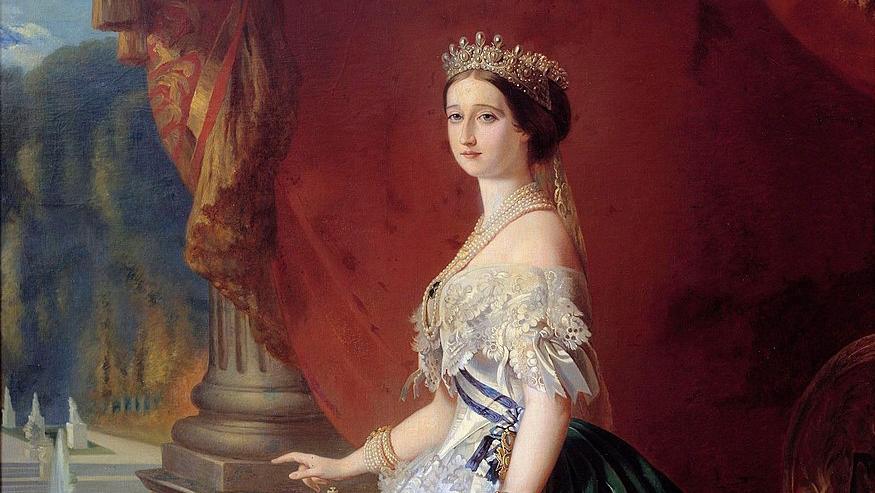
These jewels, long preserved behind glass, served as windows into French history — from the Empire’s triumphs to its falls, and to the timeless artistry of gemstone craftsmanship.
Who Could Have Stolen the Jewels?

Authorities believe the Louvre jewelry heist was a highly organized operation, carried out by four professionals with detailed knowledge of the museum’s layout and security systems. The speed, precision, and focus on royal jewelry suggest it wasn’t a random act but a carefully planned mission, possibly commissioned by a private collector seeking the historic gems intact.
Investigators also haven’t ruled out the involvement of a known international jewel-theft network, such as the infamous Pink Panther gang, renowned for targeting luxury boutiques and museums across Europe.
Whether the jewels were stolen for admiration or dismantling, the theft highlights the fragile intersection between beauty, greed, and heritage — where even the most celebrated gems can fall prey to the darkest sides of human desire.
“I’ve dealt in emeralds and sapphires every day for the last 30 years, so I know full well you can replace the gem, you might replicate the setting — but you cannot replicate the role that jewelry played in history. Stealing pieces like those removed from the Louvre takes away more than value.”
– Michael Arnstein, President of The Natural Sapphire Company
The Value: Beyond Gold and Carats
While experts estimate their monetary worth in the tens of millions, the real value of these jewels lies in what can never be replaced. Emeralds can be mined again, sapphires can be recut, diamonds can be found — but their royal provenance, historical symbolism, and artistry make them truly priceless.
Each gemstone was hand-selected and crafted by master jewelers nearly two centuries ago, long before modern cutting tools existed. The delicate faceting, vintage mounting styles, and imperial engraving techniques tell a story that no modern replica can capture.
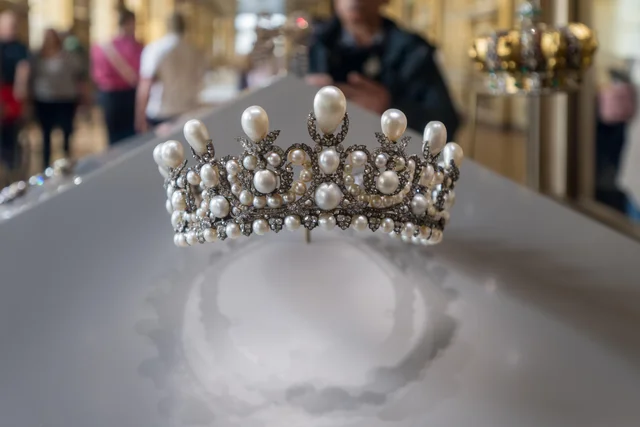
A Theft That Echoes Through Time
The 2025 Louvre theft is more than a headline; it’s a reminder that even in the age of digital surveillance, beauty remains vulnerable. It challenges museums, collectors, and jewelry historians alike to rethink how treasures are displayed and preserved.
For gemstone enthusiasts, it reaffirms something deeper — that a jewel’s greatest value is not in its weight or clarity, but in its legacy. These stolen gems carried the light of centuries, passed from monarchs to museums. Their loss dims that light, even if only for a while.
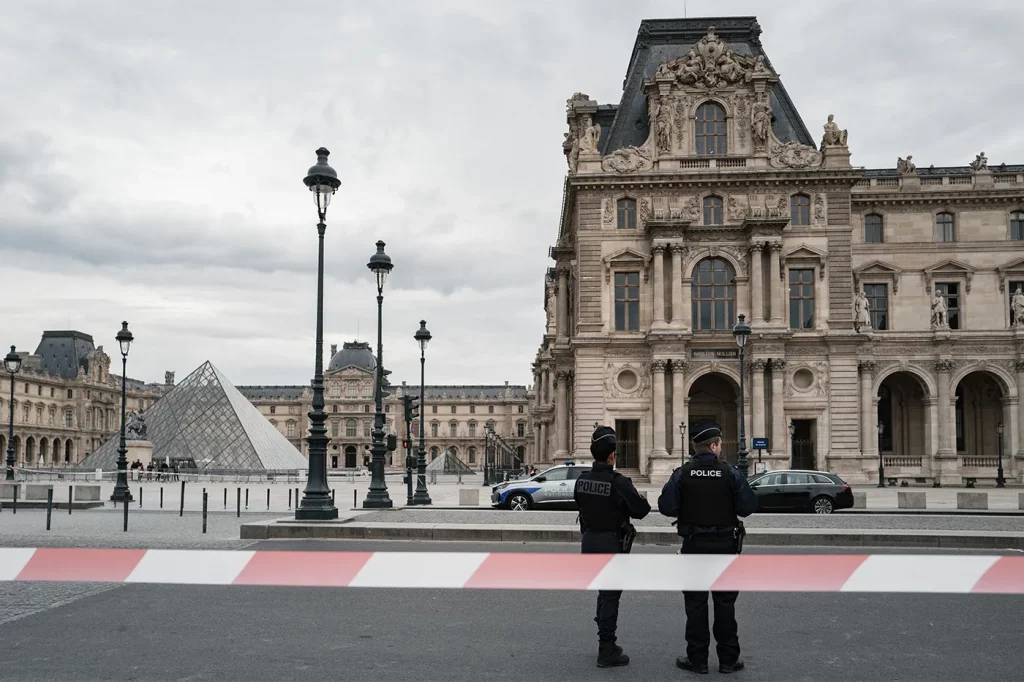
A Symbol of Fragile Brilliance
The Apollo Gallery remains temporarily closed as investigations continue. Yet, even as curators work to restore what was lost, the world has already learned a lasting lesson: jewels, no matter how radiant, are delicate symbols of our shared history.
In every diamond, sapphire, and emerald lies not just beauty — but the collective craftsmanship, emotion, and memory of humanity itself. And when such treasures vanish, it is not just gold that’s stolen, but time itself.
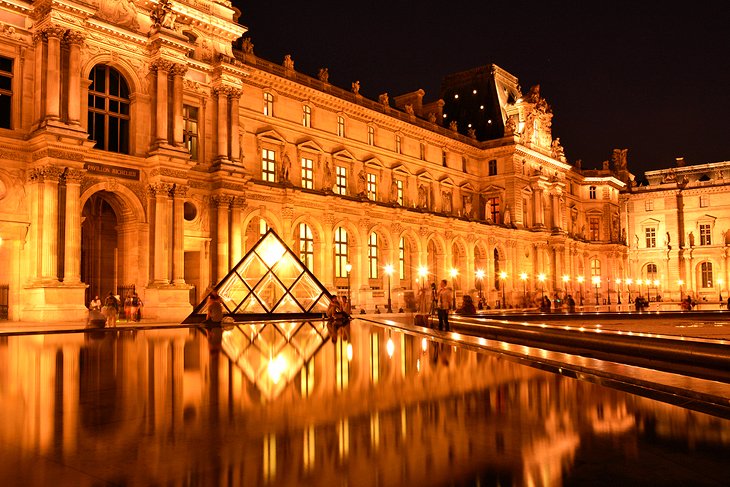
Final Reflection
As jewel lovers, historians, and admirers of timeless art, we grieve not for the loss of material value but for the silenced stories these gems once told. The Louvre jewelry heist stands as a powerful reminder that gemstones are more than adornments — they are storytellers, guardians of human heritage, and echoes of eras long gone.

